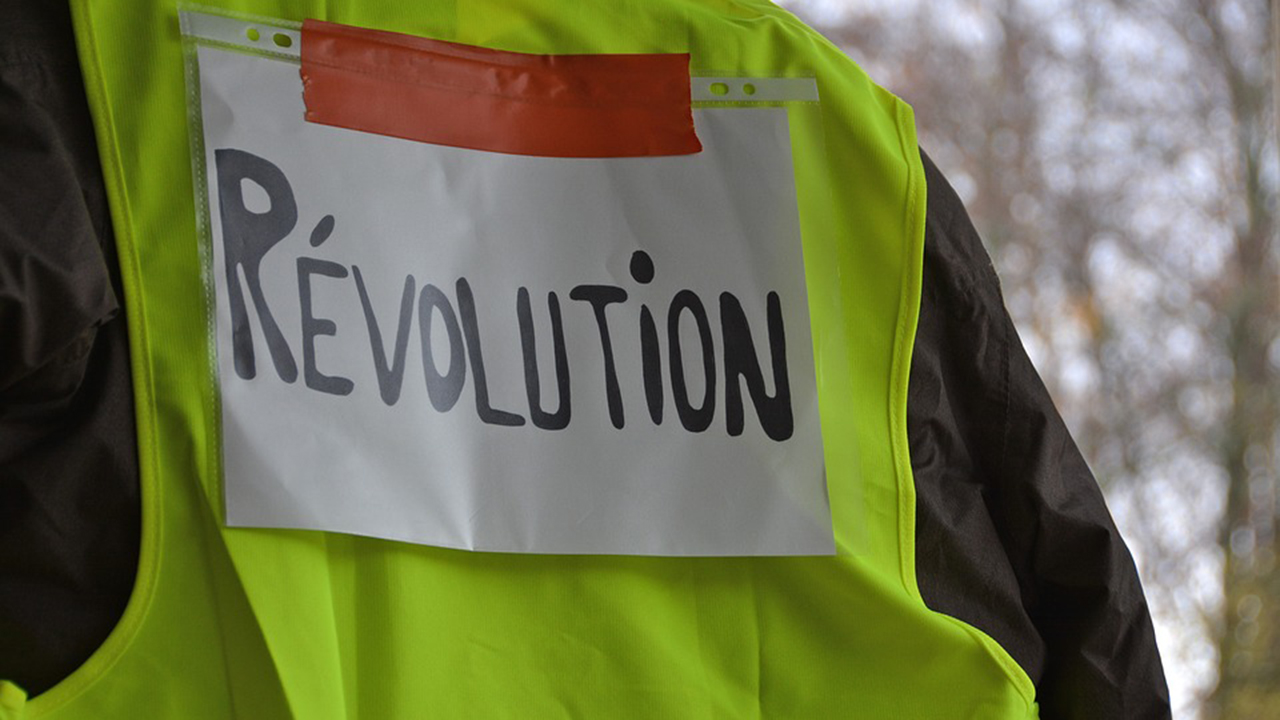
Assuming that it is now understood that the word “revolution” generally means a process of radical and fundamental transformation of a social order, its special meaning in this piece appears as the point in that process, the point is known as “insurrection”, where the old regime collapses (or is overthrown) and a new one emerges (or is installed). Historically, this “point” has been a couple of hours, a single day or, at most, a couple of days.
Beyond this, the situation may require a new characterization: perhaps a “civil-war-in-revolution” or a “revolution-in-revolution.” (The latter is owed to Regis Debray). The history of revolutions illustrates this situation abundantly. The new regime may be a single power, a dual power or a multiple power. Of course, none of these possibilities can be “stable”.
In the Russian Revolution the “point” defined in the preceding paragraph was November 7, 1917 (October 25 in the Old Calendar); in the Chinese Revolution it was October 1, 1949; in the Cuban Revolution it was January 1, 1959; and in the Iranian Revolution – the one that became known as Islamic Revolution – it was February 11, 1979. Although we were greatly influenced by the history of modern revolutions in general and socialist revolutions in particular, the four revolutions listed above had the greatest impact on the consciousness of young Nigerian Leftists between the mid-1970s and the mid-1980s.
It was not just what happened at those revolutionary points that “fired” our consciousness. We were also “fired”, in particular, by how it happened, at what moments it happened, and the roles played by particular groups and individuals in what happened. Indeed, in some cases, and for many young Nigerian Leftists, the roles of particular individuals (and their latter fates) became the most critical factors in the overall assessment of a particular revolution! Although in real life it is difficult to separate the political biographies of great personalities from the political histories of the nations they led at their founding, we now know that for revolutionaries and students of revolutions efforts must be made at some separation.
In the Russian Revolution the “great personalities” were Vladimir Lenin and Leon Trotsky; in the Chinese Revolution it was Mao Tse-Tung (now written Mao Zedung), and in the Cuban Revolution the personages were Fidel Castro and Che Guevara. In the Iranian Revolution, the iconic personality was Ayatollah Ruhollah Khomeini. Whereas Lenin, Trotsky, Mao, Castro, and Guevara were secular revolutionaries, Khomeini was a frontline religious leader. The point here is that they were all “worshipped” by young Nigerian Leftists – including those that professed atheism – during certain phases of the Leftists’ development.
We now come to what inspired this piece. A couple of weeks ago, the Nigerian state was reported to have accused a detained leader of a religious sect in Nigeria of planning to stage an Iranian-type Islamic Revolution in Nigeria. According to this report, the government made the allegation via a court affidavit. About the same time, in a different context, the government was also reported to have accused a Nigerian Leftist detainee of not just planning a revolution but also planning to link his revolution with the Islamic Revolution mentioned earlier. These, for me, are laughable cases. However, since they have now gone beyond mere rumours, the nation eagerly awaits the proofs of three charges: two individual “criminal” charges and one charge of “criminal collusion”!
The public responses these allegations evoked showed that many in the current generation of young Leftists may not be aware of the roles of secular Leftists in the making of what ended as an Islamic Revolution and the part played by that revolution in the further radicalization of the Nigerian Left in that period. It struck me that students of Marxist dialectics and theory of history have, in that story, a rich, modern and accessible material for case studies. This reflection was the origin of the present article. And it is to it we now return.
Older Nigerian Leftists may recall, and those not so old may have learned that in September 1978, Nigeria’s military regime under General Olusegun Obasanjo carried out a fascist-like purge of Nigeria’s university system. This was done through arrests, rustications and dismissals of several Leftist students, lecturers, and administrators over the “Ali Must Go” students’ protests of the previous April. The state had violently suppressed the protests. The national students’ body, the National Union of Nigerian Students (NUNS), which had been formed in 1956, before the country’s independence, was also proscribed. (NUNS was, before long, replaced by the current students’ movement, the National Association of Nigerian Students, NANS).
By February 1979, the Nigerian Left in general and the Leftist movement in Calabar, in particular, had largely recovered from the shock administered by the Nigerian state. The Calabar Group of Socialists (CGS) and the University of Calabar-based Movement for Progressive Nigeria (MPN), formed in the University in August 1977 and named after a similar but older formation at Ahmadu Bello University (ABU), Zaria, had resumed their revolutionary struggle. It was at this point, February 1979, that the Iranian Revolution exploded.
Every young Nigerian Leftist in the period under consideration (mid-1970s to mid-1980s) was compelled to study the history of revolutions, among other subjects. It was in the course of this study that aspects of the Russian, Chinese and Cuban revolutions “fired” our consciousness. This result was expected and almost “natural”. But what of the Iranian Revolution of 1979? For most of us who came into revolutionary socialist and Marxist consciousness at home in Nigeria, and who did not study history and political science as formal subjects in the university, the Iranian revolution of 1979 came upon us with the suddenness of an earthquake. The impact of two aspects of this particular revolution on our consciousness helped our final recovery from the shock brought by the fascist blow we suffered in 1978. These aspects were the tenacity and audacity of Ayatollah Khomeini and the heroism of the masses – especially students, rebel soldiers, and youths – in one of the most dramatic of modern history’s “revolutions from below.” That revolution remains a classic.
Most of us were not, at first, bothered about the specific roles of the Iranian Left in that revolution. Even when we later learned of these roles, our focus was still on Ayatollah Khomeini, students, workers, women, and rank-and-file soldiers as if these segments of the population were mere autonomous agents of history. It was when we learned, first, that the Left was under attack and, then, that Iranians had voted massively for the establishment of an Islamic Republic, that some of the older Leftists succeeded in forcing a serious internal debate on the Iranian Revolution in the Calabar Movement.
Even then: the apprehension generated at this point was mitigated or deflected later in the year when the Iranian students who invaded the American Embassy in Tehran on November 4, 1979, started sending us, directly and through third parties, volumes and volumes of previously classified information they captured. This information included names and deployments of CIA agents in Nigeria in general and in Calabar in particular! The rest is history, they say. A point that remains indelible, however, is that the Iranian Revolution is a study in dialectics of history – like all great revolutions, some would say.
[ad unit=2]






